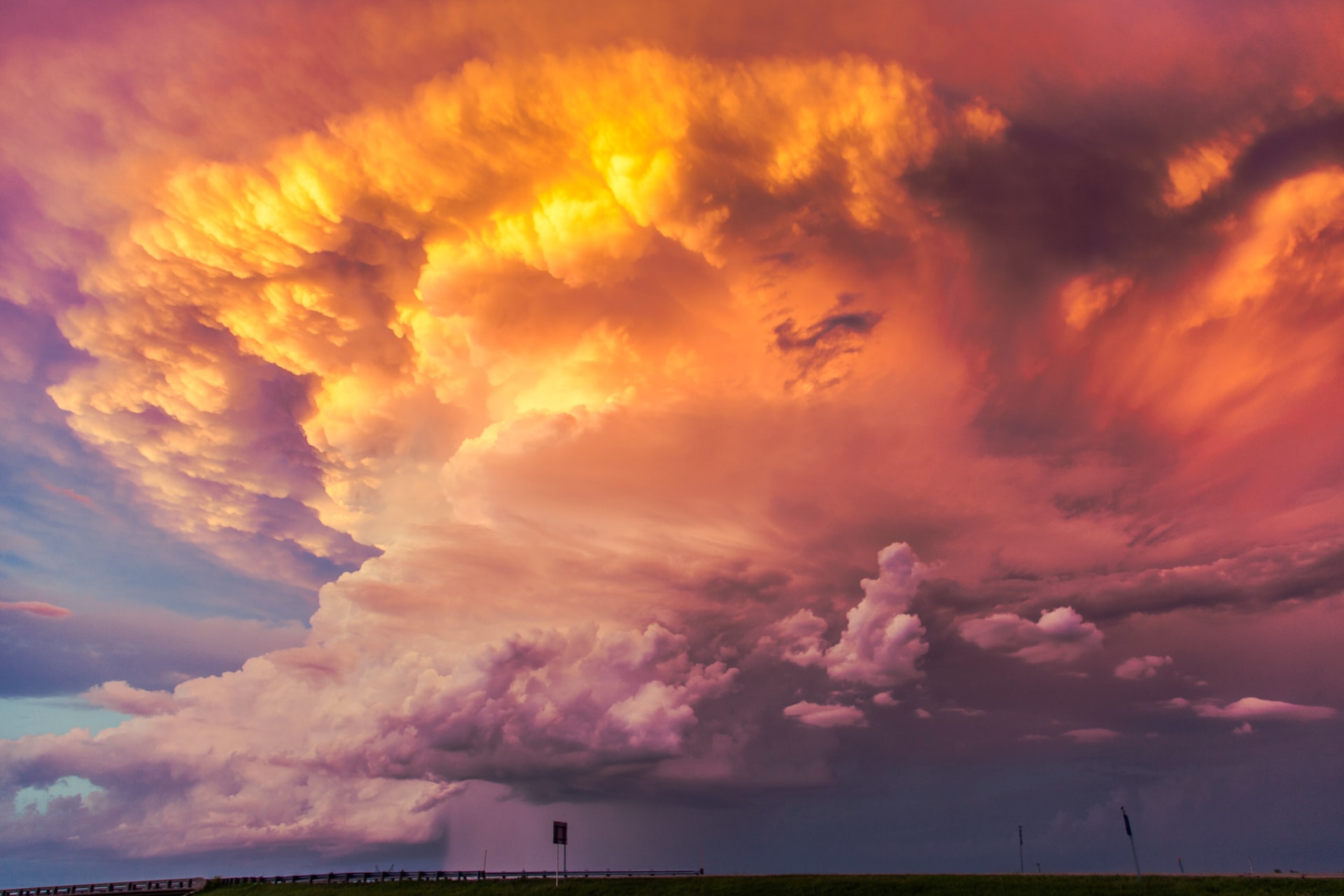Let’s dive into creating your very own backyard weather station. Follow this guide, and you’ll be tracking the weather like a pro in no time:
Step 1: Determine Your Weather Station Goals
First things first, think about what kind of weather information you want to collect. Do you want to track temperature, humidity, rainfall, wind speed, or all of the above? Understanding your goals will help you choose the right equipment for your backyard weather station.
Step 2: Choose Your Equipment
Now it’s time to gather your tools. You’ll need a few key components to set up your weather station:
- A weather station console or display: This will be the central hub where you can view and record your weather data.
- Weather sensors: Depending on your goals, you may need sensors for temperature, humidity, rainfall, wind speed, and direction. You can purchase these sensors separately or find a weather station kit that includes them all.
- Mounting hardware: You’ll need a sturdy mount to secure your sensors, such as a pole or tripod.
- Cables and connectors: Ensure you have the necessary cables and connectors to connect your sensors to the weather station console.
Step 3: Find the Perfect Location
Choose a suitable location in your backyard for your weather station. Look for an open area away from obstructions like trees or buildings that could affect wind measurements. Ensure the location is easily accessible for maintenance and calibration.
Step 4: Install and Set Up Your Weather Station
Follow the manufacturer’s instructions to install and set up your weather station. This typically involves mounting the sensors in the chosen location, connecting them to the console, and configuring the settings. Double-check that all connections are secure and the sensors are properly aligned for accurate measurements.
Step 5: Connect to Power and Internet (if applicable)
Depending on your weather station model, you might need to connect it to a power source or batteries for operation. Some weather stations also offer internet connectivity to upload data to weather networks or online platforms. If this is something you’re interested in, follow the instructions to establish the necessary connections.
Step 6: Calibration and Testing
Before relying on your weather station’s measurements, it’s crucial to calibrate and test it for accuracy. Consult your weather station’s user manual for specific calibration instructions. You may need to compare your readings to a known, reliable source (like a professional weather station) and make adjustments if necessary.
Step 7: Record and Monitor Your Weather Data
Once your weather station is up and running, it’s time to enjoy tracking the weather! Monitor the console or display regularly to observe the current conditions. Keep a record of the data you collect, whether it’s through manual note-taking or by using software provided by your weather station.
Step 8: Expand and Enhance Your Weather Station (Optional)
If you find yourself getting even more interested in meteorology, you can expand your weather station by adding additional sensors or features. Some weather stations offer add-ons like solar radiation sensors, UV sensors, or soil moisture sensors. Research and explore the possibilities to enhance your backyard weather station setup.
Step 9: Share and Contribute to Weather Networks (Optional)
If you’re passionate about weather and want to contribute to the broader weather community, consider sharing your data with local or online weather networks. This can help improve weather forecasts and contribute to scientific research. Explore platforms like Weather Underground or the Citizen Weather Observer Program (CWOP) to get started.
Step 10: Enjoy Your Backyard Meteorologist Journey!
Congratulations, you’re now the proud owner of a backyard weather station! Keep an eye on the skies, gather data, and have fun exploring the world of meteorology from your own backyard. Happy weather tracking!

Leave a Reply